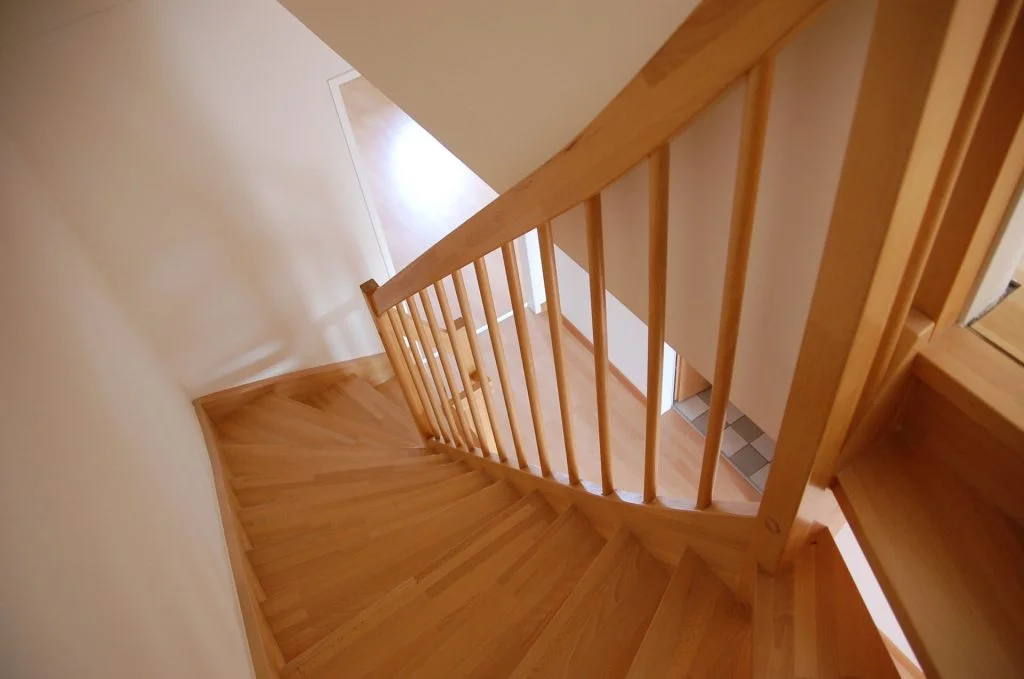
Hemiplegic Migraines: When Migraine Attacks Paralyze
Migraines are known for causing intense head pain, but some individuals experience a rare and debilitating form known as hemiplegic migraines. These unique migraines come with a terrifying twist—temporary paralysis. In this article, we will explore the characteristics, causes, and management of hemiplegic migraines, shedding light on this lesser-known variant of migraines and its profound impact on those who experience it.
Understanding Hemiplegic Migraines:
Hemiplegic migraines are a subtype of migraines characterized by temporary paralysis or weakness on one side of the body. These attacks can last from hours to days and are often accompanied by other typical migraine symptoms, such as severe head pain, sensory disturbances, and cognitive impairments.
Paralysis and Its Effects:
During a hemiplegic migraine attack, the paralysis can affect various body parts on one side, including the arm, leg, face, or even the entire side. This sudden loss of motor function can be alarming, causing difficulty in performing daily tasks, impacting mobility, and leading to significant physical and emotional distress.
Triggers and Causes:
Similar to other migraines, hemiplegic migraines can be triggered by various factors, including stress, hormonal changes, certain foods, environmental factors, and genetic predisposition. Identifying and managing individual triggers can play a crucial role in reducing the frequency and severity of hemiplegic migraines.
Diagnosis and Medical Intervention:
Diagnosing hemiplegic migraines requires a comprehensive evaluation by a healthcare professional. It may involve ruling out other neurological conditions that can present similar symptoms. Treatment approaches typically involve a combination of acute symptom management during an attack and preventive strategies to reduce the frequency and severity of future episodes. Medications, lifestyle modifications, and avoiding known triggers are commonly employed.
Coping Strategies and Support:
Living with hemiplegic migraines can be challenging, both physically and emotionally. Developing coping strategies, such as maintaining a migraine diary, practicing stress management techniques, and seeking support from healthcare professionals and support groups, can provide valuable assistance in navigating the difficulties associated with these migraines.
Conclusion:
Hemiplegic migraines add an extra layer of complexity to an already debilitating condition. The temporary paralysis that accompanies these migraines can be frightening and significantly impact a person’s quality of life. It is crucial to raise awareness, promote understanding, and provide support to individuals experiencing hemiplegic migraines. By working closely with healthcare professionals, implementing preventive measures, and exploring coping strategies, individuals can strive for better management and regain a sense of control over their lives.



